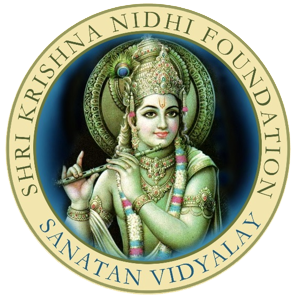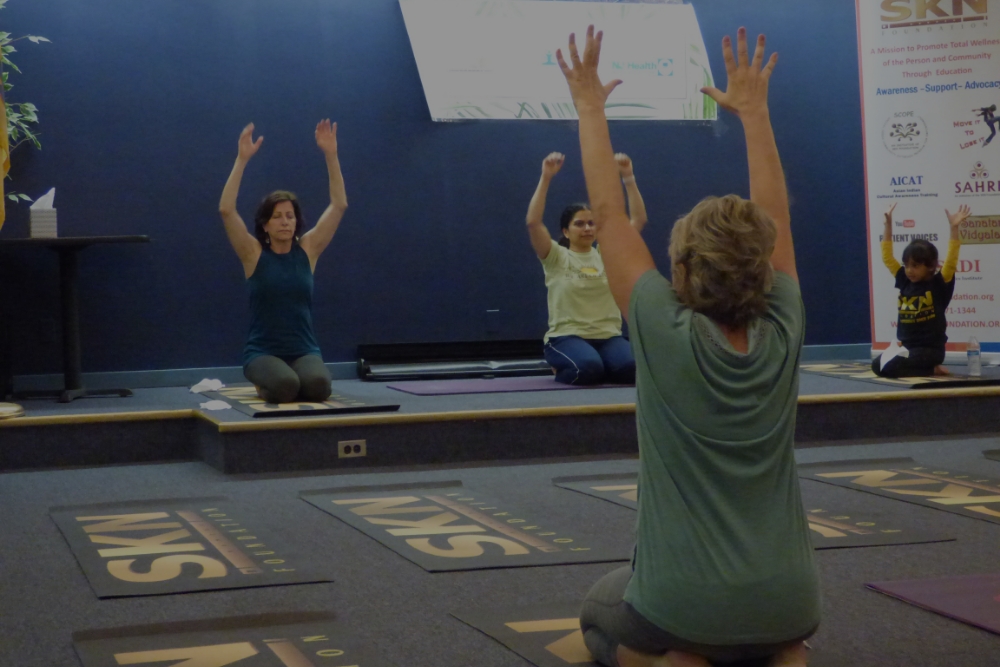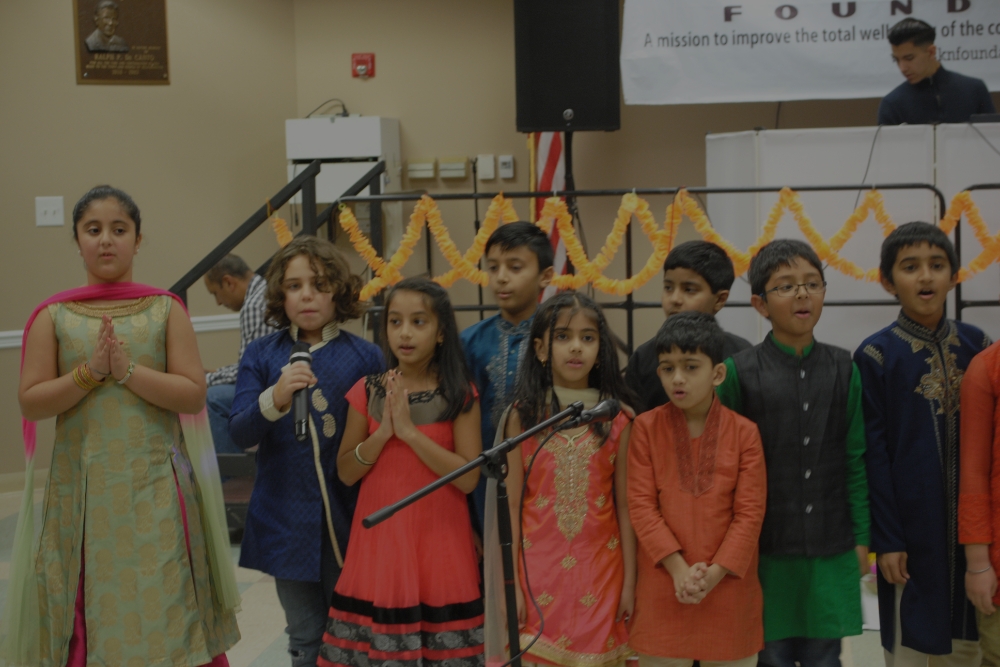Curriculum
हतो वा प्राप्यसि स्वर्गम्, जित्वा वा भोक्ष्यसे महिम्।
तस्मात् उत्तिष्ठ कौन्तेय युद्धाय कृतनिश्चय:॥
Curriculum
The Curriculum provides a broad base of exposure to Indian heritage including principles of Dharma, our unique way of life, language and arts. Students are taught the basics and then are encouraged to build on it as they move through the levels.
our objective is to make students understand their roots and heritage in order to gain a firm understanding on the aims, objectives and values of life as practiced within Dharma traditions. The curriculum is non-denominational and strives to balance the plurality of traditions across the vast landscape of India. We adapt the curriculum suitably to contemporary tools and techniques.
The following is an Outline of a Typical Class
Class begins with Vedic chants or Sanskrit Shlokas (verses). Children recite these prayers and then the meanings and essence of the prayers are explained. Children learn about our various deities, the symbols that help identify these deities; the spiritual significance of the objects the deities carry or the clothing they wear, and the significance of the worship of that deity. listen to the daily prayers by clicking here.
Children have in most likely witnessed certain rituals in some form; e.g., ringing the bell in a temple, or offering Prasad or flowers to deities in the temple. Children learn, the spiritual significance of these day to day actions and why the continuation of these rituals is important in today’s living.
Bhagvad Geeta Chapter 12 recitation is held. The meaning of each shlokas is explained verbatim and then the spiritual significance of the shlokas are explained. Please listen to the Geeta Chapter 12 by clicking here
The culture program is designed to immerse students into the historical and age independent teachings and learnings from our heritage. The curriculum is age relevant starting with basic introduction to values, deities, itihaas (Ramayan & Mahabharat), stories from Puraan & materials from the Bhagwad Gita, contemporary and other expounders of Dharma and its theories.
Students are grouped by age or their comfort level and appropriate tools like sheets, books and audio video materials are used to impart this learning. Care is taken to ensure the learnings comply with the teachings of Sanatan Dharma in a non-denominational manner.
Sanatan Vidyalay follows the ashtanga yoga system introduced by Sage Patanjali. Children learn the basics of the first four steps :yama, niyam, asana and pranayama. Very young children for whom concentration may be difficult due to their age, learn simple poses and stretching.
Children start with basic understanding of the language and learn the numbers, colors, daily use objects, etc. The levels and complexity increases with each section with a focus on conversational Hindi.



